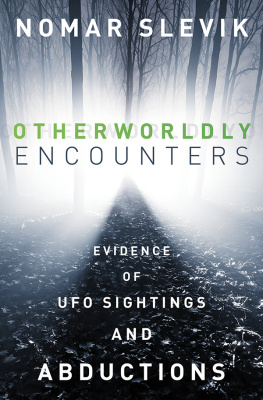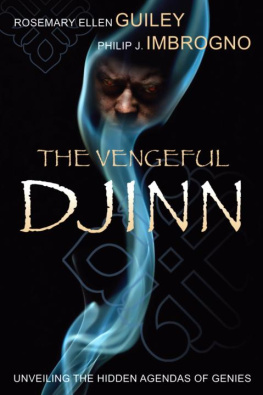
Anthony Peake is a graduate of the University of Warwick and studied at postgraduate level at the London School of Economics and The University of Westminster. He is rapidly developing a reputation as one of the worlds most original thinkers in the study of altered states of consciousness. His work focuses on finding scientifically based answers to the great mysteries of human consciousness. He is the bestselling author of a number of books, including The Infinite Mindfield and Opening the Doors of Consciousness . See the authors website, http://www.anthonypeake.com, for further information.
By the same author
Is There Life After Death?: The Extraordinary Science of
What Happens When We Die
The Daemon: A Guide to Your Extraordinary Secret Self
The Out-of-Body Experience: The History and
Science of Astral Travel
Making Sense of Near-Death Experience:
A Handbook for Clinicians (co-editor)
The Labyrinth of Time: The Illusion of Past,
Present and Future
The Infinite Mindfield: The Quest to Find the Gateway
to Higher Consciousness
A Life of Philip K. Dick: The Man Who Remembered the Future
The Immortal Mind: Science and the Continuity of
Consciousness (co-authored with Ervin Lszl)
Opening the Doors of Perception: The Key to Cosmic Awareness
Time and the Rose Garden: Encountering the Magical in
the Life and Works of J. B. Priestley

This edition first published in the UK and USA in 2019 by
Watkins, an imprint of Watkins Media Limited
Unit 11, Shepperton House
89-93 Shepperton Road
London N1 3DF
Design and typography copyright Watkins Media Limited 2019
Text copyright Anthony Peake 2019
The author has asserted his right under the Copyright, Designs and Patents Act 1988 to be identified as the author of this work.
All rights reserved.
No part of this book may be reproduced or utilized in any form or by any means, electronic or mechanical, without prior permission in writing from the Publishers.
1 2 3 4 5 6 7 8 9 10
Project management by whitefox
Printed and bound in the United Kingdom by TJ International Ltd
A CIP record for this book is available from the British Library
ISBN: 978-1-78678-280-9
www.watkinspublishing.com
In memory of
Margaret Mary Frances Peake
(19242018)
CONTENTS
INTRODUCTION
This book is my fourth for Watkins Publishing. I consider these four books to be a reflection of my ongoing enquiry into the true nature of reality and the role of self-aware consciousness in that reality. Each of the previous books has taken a single topic and discussed it in the light of modern scientific research and the mysterious nature of anomalous human experiences.
The adventure began with The Out-of-Body Experience: The History and Science of Astral Travel , published in 2011. This was inspired by an extraordinary experience that took place the previous year. I had been contacted by the Swiss near-death experience researcher Evelyn Valarino. She was very keen for me to meet with two Austrian friends of hers, psychologist Dr Engelbert Winkler and neurologist Dr Dirk Proeckl. She explained that the two doctors had pooled resources and designed a machine that seemingly facilitated altered states of consciousness.
At that time I had written a series of books on altered states, and I was keen to explore the subject further. We arranged for us all to meet at Evelyns home on the shores of Lake Geneva and for the Austrians to bring with them the prototype of what was to become known as the Hypnagogic Light Experience. What I experienced that weekend totally changed my understanding of what reality truly is. Through the effects of the Hypnagogic Light Experience (affectionately known as Lucia), I was introduced to a perceptual world beyond my everyday experience, a world that seems to be all around us even though in ordinary states of consciousness we simply do not perceive it. I was eager to know more. In my own writings I had explored the mysteries of the near-death experience (NDE) and had touched upon the out-of-body experience (OBE). But after my own powerful Lucia-facilitated perception, I wanted to know more about the OBE state.
In The Out-of-Body Experience I suggested a perceptual model of reality whereby human beings, and probably all conscious animals, exist in two states of awareness. There is the waking state that is, the perceptual world shared by other consciousnesses and proven to be consistent and real by the simple fact that other consciousnesses seem to see, hear, touch and smell the same things. This is technically known as consensual reality. The second state of awareness is dream perceptions. Technically known as hallucinations, these, by definition, are perceived only by one person. Within this category can be placed natural dream states as well as perceptions facilitated by illness or by the consumption of psychedelics.
As is suggested by the title, the OBE state was my particular area of focus. This much-reported perception has consciousness perceiving consensual reality from a location other than the host body. For example, somebody might wake up in the middle of the night and find themselves looking down from a position near the ceiling. In many cases, the person reports that they see their own body from this location. Interestingly, a similar perception has been regularly reported during NDEs when, during close brushes with death (car crashes, cardiac arrests, strokes and the like), people describe watching the developing events from above the scene. Of course, these events can be explained by categorizing them simplistically as hallucinations. However, and this is a huge qualification, there have been many cases in which the experiencer has described observing events during the OBE/NDE state that subsequently were proven to have taken place. These cases are known as veridical OBEs/NDEs, and they suggest that the experiences are far more than merely subjective hallucinations.
An associated altered state is known as lucid dreaming. Here a person becomes self-aware whilst dreaming. In normal dreaming we perceive the dream environment but at no time are we aware of the fact that we are in a dream. We seem to simply accept, in our sleep, the bizarre and counterintuitive nature of dreams, lacking the self-referential awareness that we bring to consensual reality. However, lucid dreamers have a different experience. They know they are dreaming, and know exactly who they are. When this state of awareness is gained, the dreamer can manipulate the dream and can interact with people and other beings they appear to encounter. This particularly intrigued me because lucid dreamers regularly report that the dream entities they encounter in such states seem to show self-motivation and self-awareness. How can this be possible?
This made me realize that my consensual reality/hallucination model was much too simplistic. Reality, or at least the reality perceived by a self-referential consciousness, was far more complex. I needed to follow the rabbit further down the rabbit hole.
This I did in 2013 with the publication of The Infinite Mindfield: The Quest to Find the Gateway to Higher Consciousness . I was keen to know more about the experiences of those who, through natural or artificial means, accessed this world of dreams and hallucinations. I was particularly interested in a group of substances known as entheogens. This is a fascinating word. It was first used by a group of botanists and scholars of mythology such as Richard Evans Schultes, R Gordon Wasson and Carl Ruck in 1979. The group felt that a previous term used to describe similar substances, psychedelic, was inadequate. This word, coined by British psychiatrist Humphry Osmond in the mid-1950s, literally means mind manifest. The suggestion here was that the altered states of perception experienced by individuals taking these substances were simply created by the mind. Ruck and his associates had come to believe that something far more complex was going on. They believed that these substances were giving access to another reality that is denied to us during normal, brain-facilitated perceptions. In effect, they override the brains attenuation of the perceptual signals. The word entheogen was chosen to define such substances. It is derived from two words from ancient Greek: ntheos , literally full of the god or possessed; and gensthai , to come into being. So an entheogen is a substance that facilitates the finding of the god within.
Next page
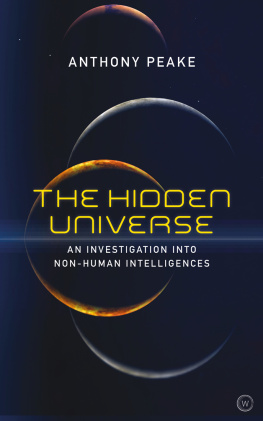
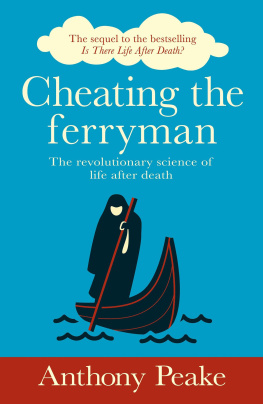
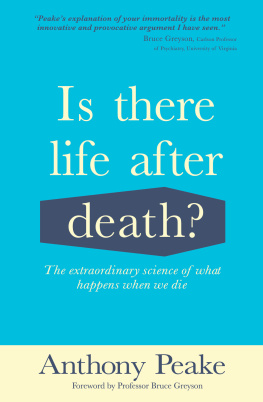

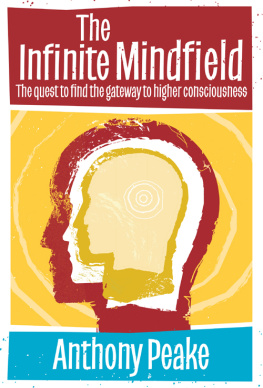

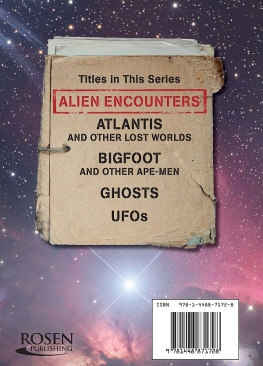
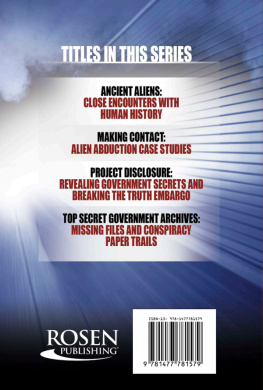
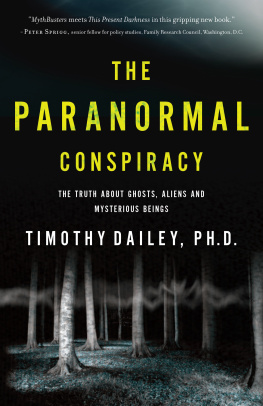
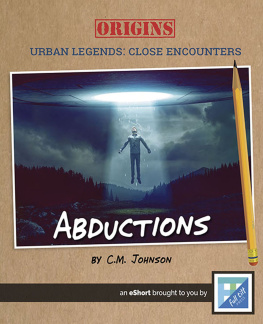
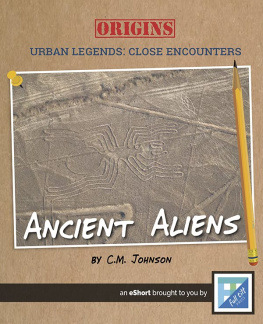
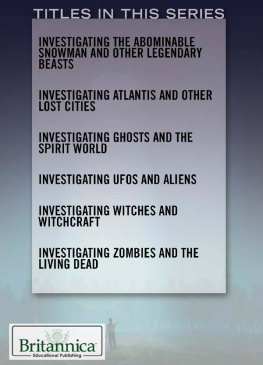


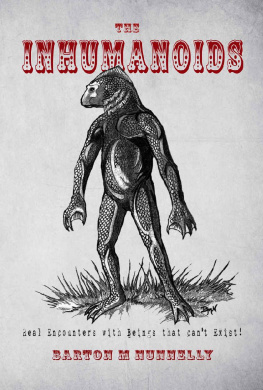
![Raymond E. Fowler - The Watchers 2: Exploring UFOs & the Near-death Experience [abridged-transcripts only]](/uploads/posts/book/134228/thumbs/raymond-e-fowler-the-watchers-2-exploring-ufos.jpg)
